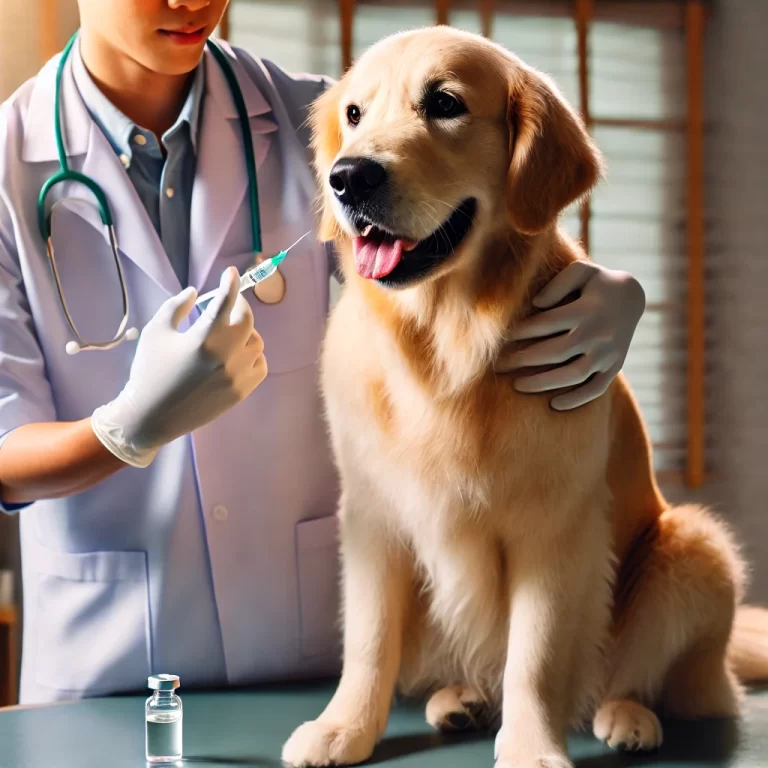How Long Can Dogs Go Without Eating?
Introduction
As responsible pet owners, we often worry when our dogs refuse to eat. Whether it’s due to illness, stress, or dietary preferences, understanding how long a dog can go without food is crucial for their well-being. In this article, we’ll explore the factors affecting a dog’s ability to survive without eating, the risks involved, and what pet owners should do when faced with this situation.
How Long Can a Dog Survive Without Eating?
In general, a healthy dog can survive without food for three to five days, but this timeframe varies based on several factors such as age, size, health status, and hydration levels. However, while some dogs may survive longer, it is never safe to let a pet go without eating for extended periods.
Dogs should ideally eat daily to maintain their energy levels, immune function, and overall health. If your dog stops eating for more than 24 hours, it is important to monitor them closely and seek veterinary attention if the problem persists.
Factors That Affect a Dog’s Ability to Go Without Food
1. Age and Size
- Puppies and senior dogs are more vulnerable to the effects of not eating. Puppies have high metabolic rates and need frequent meals, while senior dogs may already have weaker immune systems.
- Small dog breeds also have faster metabolisms, meaning they require more frequent feeding than larger breeds.
2. Overall Health Condition
- A dog with an underlying health condition (such as diabetes or kidney disease) may not be able to withstand food deprivation as long as a healthy adult dog.
- Dogs recovering from illness or surgery require consistent nutrition to heal properly.
3. Hydration Levels
- While a dog may survive for several days without food, they cannot survive without water for more than two to three days. Dehydration can set in quickly, leading to severe organ failure and even death.
- If your dog is not eating, ensure they are drinking enough water. Adding wet food or broth to their meals can also help with hydration.
4. Emotional and Environmental Factors
- Stress, anxiety, or changes in routine can impact a dog’s appetite. Moving to a new home, introducing a new pet, or loud noises can all contribute to a temporary loss of appetite.
- Some dogs are picky eaters and may refuse food if they dislike a specific brand or type of food.
5. Reason for Not Eating
- The cause of a dog’s lack of appetite is crucial in determining how long they can safely go without food. If it’s due to an upset stomach, they may start eating again within a day. However, if there is an underlying medical condition, prolonged food avoidance can be dangerous.
What Happens If a Dog Doesn’t Eat?
When a dog stops eating, their body begins using stored fat for energy. However, prolonged fasting can lead to hepatic lipidosis (fatty liver disease), which is especially dangerous in smaller or overweight dogs.
Here’s a timeline of what happens when a dog doesn’t eat:
- 24-48 Hours: The dog may feel weak or lethargic. If they are still drinking water, they may not be in immediate danger but should be monitored closely.
- 3-5 Days: By this time, the dog’s energy levels drop significantly, and they may show signs of dehydration, weakness, or disorientation.
- Beyond 5 Days: Serious organ damage may occur, and survival chances decrease significantly. Veterinary intervention is critical at this stage.
When to Seek Veterinary Help
If your dog hasn’t eaten for more than 24-48 hours, you should contact your veterinarian, especially if they show any of the following symptoms:
- Lethargy or extreme weakness
- Vomiting or diarrhea
- Weight loss
- Signs of pain or discomfort
- Refusal to drink water
Your vet will likely perform tests to determine the cause of the appetite loss and provide treatment options.
How to Encourage a Dog to Eat
If your dog refuses to eat, try the following strategies:
- Change the Food – Sometimes, dogs simply dislike the taste of their food. Try switching to a different brand, flavor, or adding wet food.
- Warm Up the Food – Warming food slightly can enhance its aroma and make it more appealing.
- Hand-Feeding – Some dogs eat better when fed by hand, especially if they are feeling anxious.
- Add a Tasty Topper – Adding low-sodium chicken broth, cooked chicken, or a small amount of peanut butter can encourage them to eat.
- Maintain a Routine – Dogs thrive on consistency, so keeping a regular feeding schedule can help them feel more comfortable eating.
Conclusion
A dog can survive without food for a few days, but this is not ideal and can lead to serious health complications. If your dog refuses to eat for more than 24 hours, it is crucial to monitor them and consult a veterinarian if necessary. Identifying the cause of the loss of appetite and taking steps to encourage eating can help ensure your dog stays healthy and happy.







